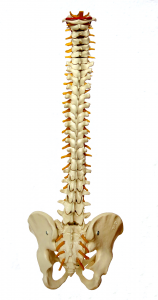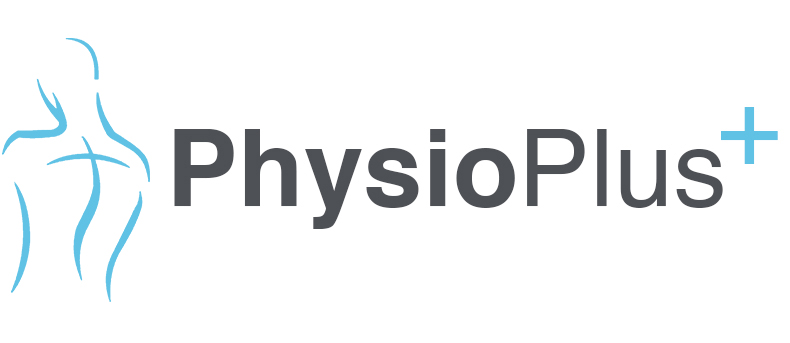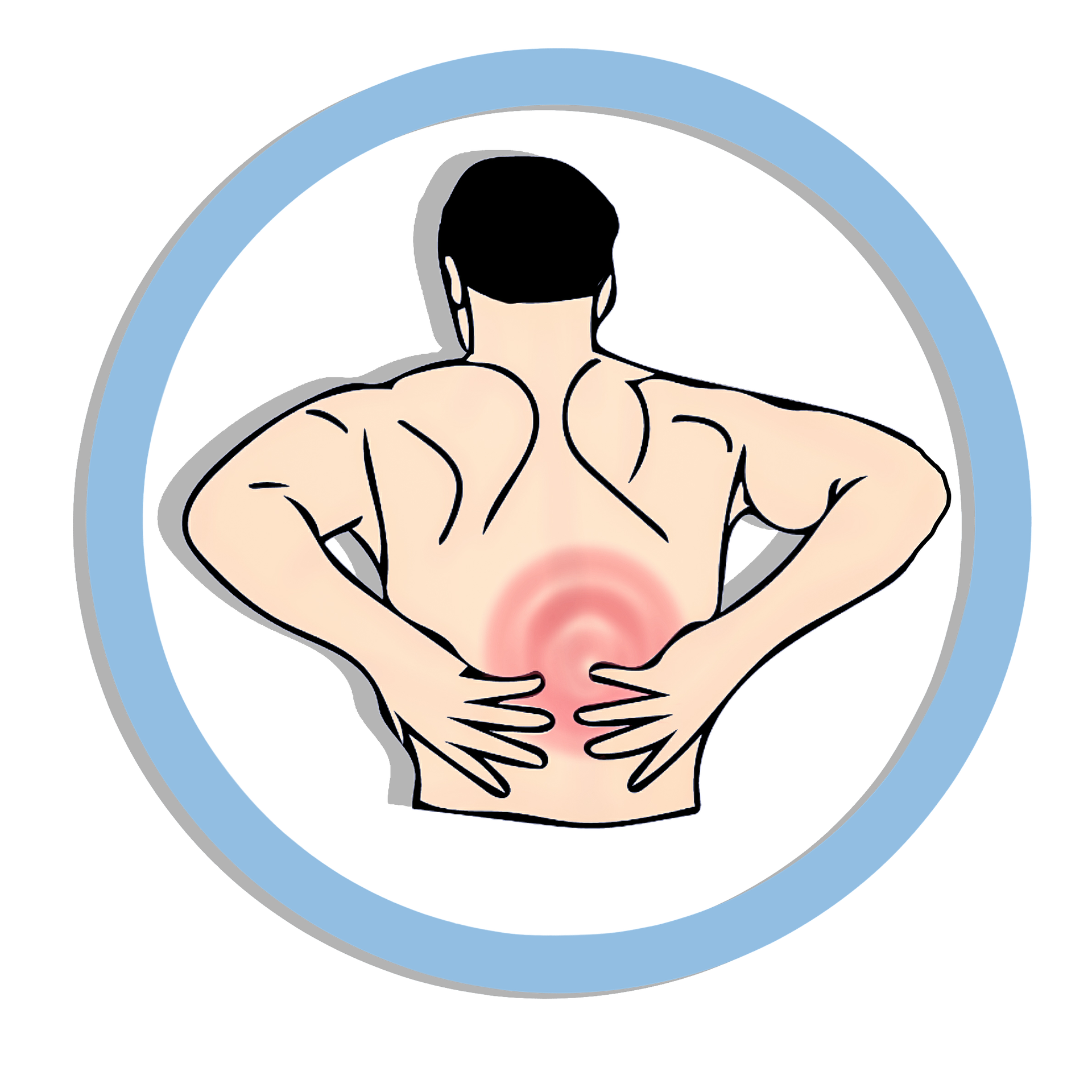Low Back Pain
Have you currently got low back pain or have you suffered from this before? You’re not alone! Low back pain is the leading cause of pain and disability globally, impacting 80-90% of the population.
Has this back pain ever occurred out of the blue with no known cause for the injury?
The following may help explain how…
Our spine consists of 24 separate segments (vertebrae) stacked on top of each other. Between each vertebrae is an intervertebral disc. These are strong fibrocartilage structures which help the spine absorb shock and reduce friction between bony joints/structures of the vertebrae.

Throughout everyday life, these discs are compressed. This is due to different forces acting on the body during different activities such as: standing, twisting, walking and running. Sitting in particular, can decompress the spine up to about 20% during the first 2 hours – perhaps helping explain why low back pain is so common in office based/desk sitting jobs. This daily compression also explains why we are shorter going to bed in comparison to when we wake up. At times, these intervertebral discs begin to lose water through the compression (e.g. prolonged sitting) and stiffen up. As a result, they are no longer able to absorb as much shock and are limited in their abilities to reduce friction between the vertebrae. This can be caused through numerous factors and often leads to one of three scenarios:
- Disc Pain
- Facet pain
- Muscle spasm pain
This brings us onto the 4 key stages of low back pain:
Stage 1: A stiff spinal segment
Rather than act like a buoyant pillow, the disc loses fluid and begins to act more like a stiff and non-compliant washer between two vertebrae . As a result, there is a loss of movement at this spinal level. This lack of movement limits the disc’s ability to replenish itself with fresh water and minerals before retiring further from activity.
Stage 2: Facet joint arthropathy
As the disc loses more water/nutrients it then loses height. This causes the vertebrae above and below the disc to become closer together. As a result, the joints at the back of the spine (facet joints) then begin to rub/snag on eachother which can lead to inflammation. Eventually, this can lead to arthritic changes of the bone as the cartilage begins to wear away. An example of how this may present could be a niggly pain which you can push your thumb into.
Stage 3: Acute locked back
This commonly occurs following a one-off, rare incident often when you are caught off guard. If the disc is lower in height and not absorbing as much shock, the joints of the spine can ‘snag’ or ‘slip’ resulting in the muscles to go into an instantaneous protective spasm to stop further ‘slippage’. This reaction is entirely normal and is protecting the spine, however if the muscles remain tensed up this will further limit movement of the joints and ultimately, result in the discs to stiffen up even more. For example lifting something small and getting stuck mid movement.
Stage 4: The prolapsed disc
As a disc continues to degenerate, the inner ball of fluid within the centre of the disc dries out causing the outer edge of the disc wall to take more load. The inner ball can then be forced out through the disc wall leading to severe back pain and at times leg pain if a nerve becomes compressed (e.g. sciatica). An example of possible symptoms in this case could be where you are shifted to one side while sitting and/or standing.
Now for the good news….
- The progression of low back pain through these stages can be halted and reversed at almost any stage
- Alongside the right therapy and guidance, you will be able to perform the majority of the rehabilitation independently
Our advice:
Seek physiotherapy advice if you have:
- Current low back pain
- Low back pain which has referred into one or both legs
- Pain has lasted over 24 hours
Seek medical advice if you have:
- Suffered from trauma – fall/blow
- Unexplained weight loss and constant unremitting pain
- High temperatures and night sweats
- Bilateral leg pain with reduced strength with/without reduced sensation in the legs, saddle anaesthesia and decreased bladder/bowel function
How we can help
- Thorough assessment to identify the true cause of your symptoms
- Provide education on how to manage and improve back pain
- Specific exercise-based rehabilitation programme for injury recovery and prevention
- Hands on treatment to provide joint mobilisations and massage
- Acupuncture
Want To Find Out More About Low Back Pain?
Please call us now on: 028 9187 1701 or visit our Contact Us page.

